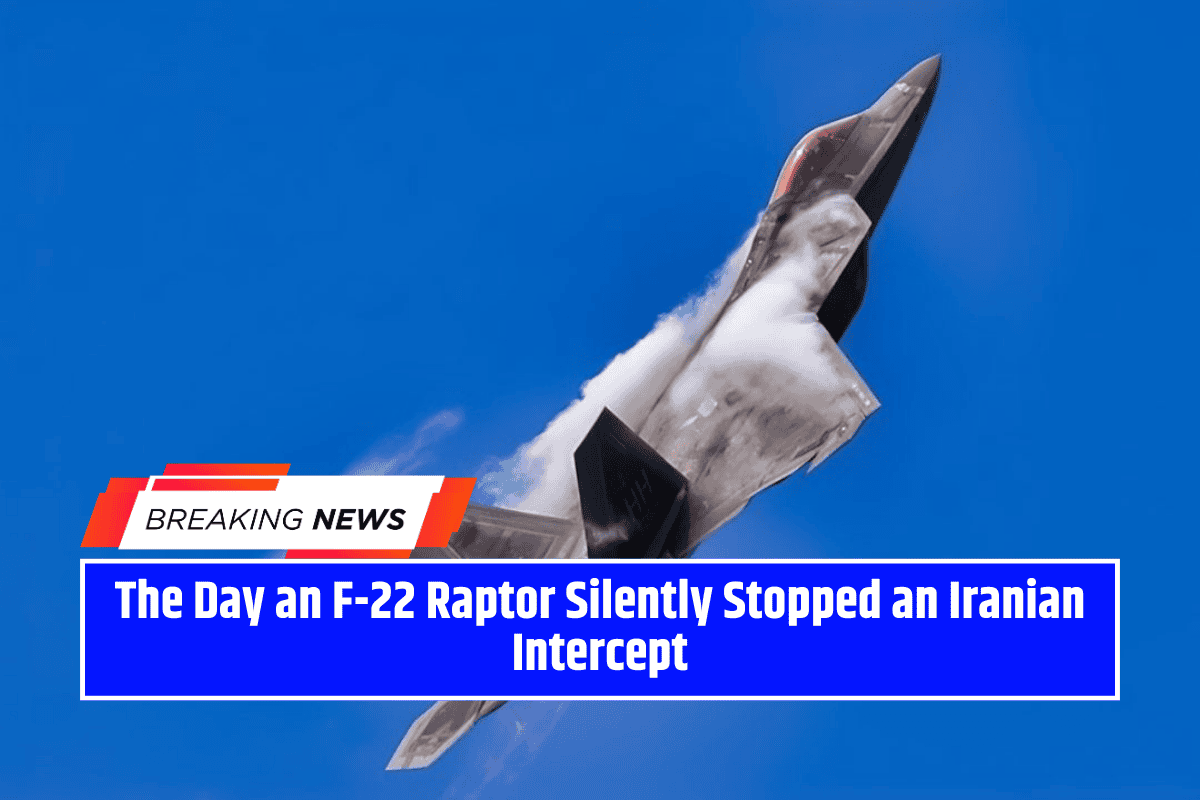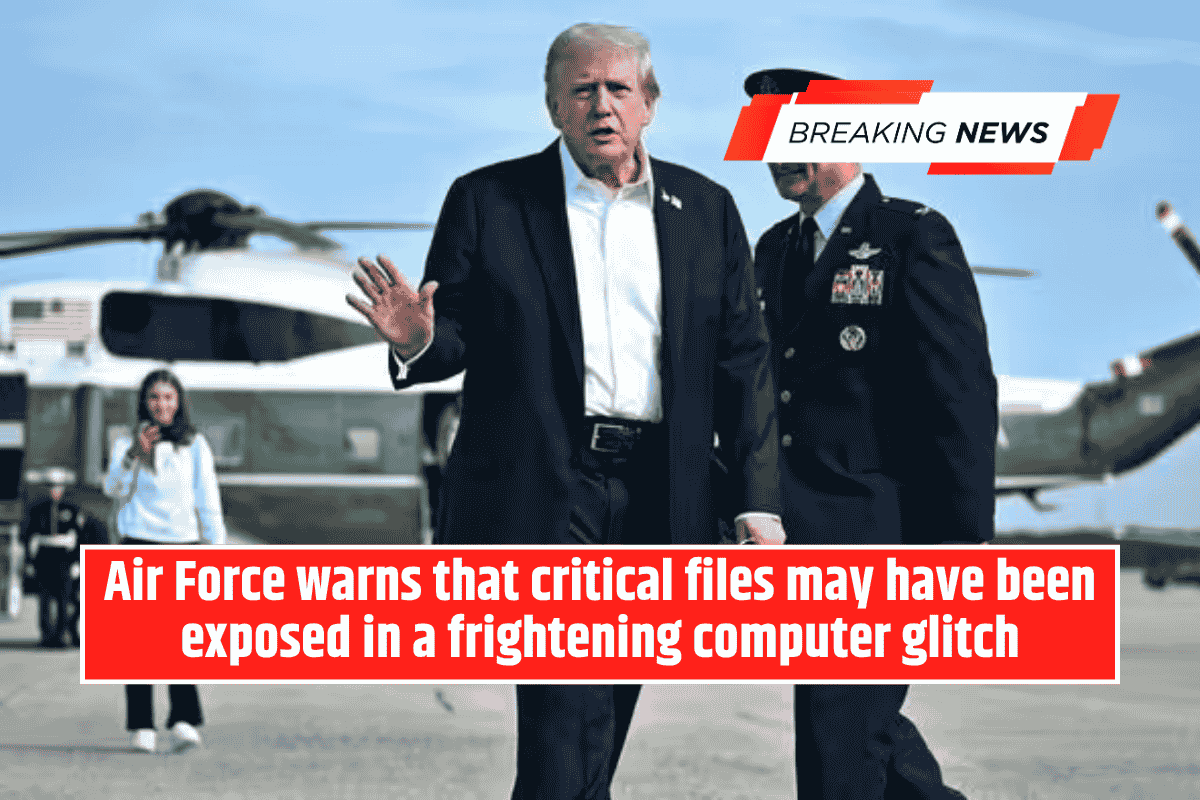In 2013, an American MQ-1 Predator drone flying in international airspace became the target of two Iranian F-4 Phantom jets. Unknown to the Iranian pilots, a stealthy U.S. Air Force F-22 Raptor, flown by Lt. Col. Kevin “Showtime” Sutterfield, was already shadowing the intercept.
Showtime slipped beneath one of the Phantoms to quietly check its weapons loadout before pulling up alongside. With calm precision, he radioed a warning: “You really oughta go home.” Both Iranian aircraft quickly disengaged, ending the encounter without a shot fired.
Lessons From 2012: Drone Hunting Begins
The U.S. had reason to be cautious. Just a year earlier, on November 1, 2012, two Iranian Su-25 Frogfoot attack aircraft attempted to shoot down an American Predator. Flying just 16 miles off Iran’s coast, the drone endured multiple strafing runs from the Su-25s’ 30mm cannons but survived unscathed.
Although unclear whether the Iranians intended to destroy the drone or send a warning, the U.S. responded by assigning fighter escorts—ranging from F/A-18 Super Hornets to F-22 Raptors—to accompany surveillance missions.
The Phantom Threat
When Iran tried again in March 2013, it was with two more capable F-4 Phantoms. Despite their age, the Phantoms remained dangerous, boasting Mach 2.23 top speeds and heavy weapons loads. To the Predator, they posed a credible threat.
But the Raptors’ stealth advantage changed the balance. While the Iranian pilots believed they had the upper hand, Showtime’s F-22 had been flying undetected nearby, ready to intervene.
Showtime’s Stealthy Move
Using the Raptor’s low observability, Showtime positioned himself directly beneath the Phantom to inspect its loadout without detection. Then, in a dramatic maneuver, he pulled up abeam of the Iranian fighter, startling the pilot who had no idea he’d been shadowed.
Rather than escalate, Showtime delivered a calm but firm warning over the radio: “You really oughta go home.” Faced with the sudden and undeniable presence of America’s most advanced stealth fighter, both Iranian Phantoms broke off.
The F-22’s Edge
The F-22 Raptor’s stealth, thrust-vectoring agility, and cutting-edge avionics made it an overwhelming adversary in any potential engagement. Even though the Phantom technically had a slightly higher maximum speed, the Raptor’s superior technology ensured that the encounter was never truly a fair fight.
This incident showcased how the F-22’s combination of invisibility and intimidation could prevent escalation, securing U.S. assets without direct combat.
Aftermath and Legacy
Gen. Mark Welsh, then Air Force Chief of Staff, later confirmed the incident and praised Showtime’s handling of the situation. The episode became a clear example of how stealth fighters like the F-22 not only dominate in combat but can also defuse conflicts before they begin.
The 2013 encounter underscored why the U.S. continues to rely on the F-22 to protect vulnerable assets and maintain aerial superiority in contested environments.








